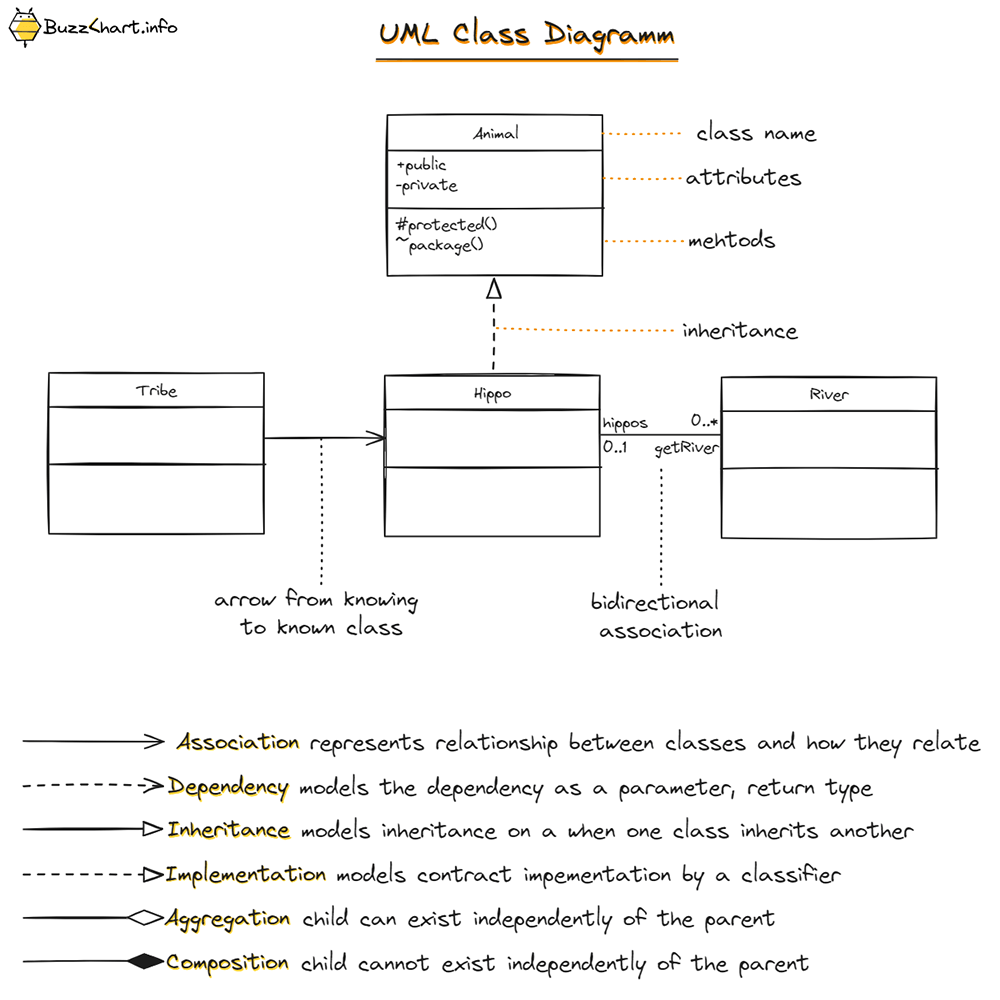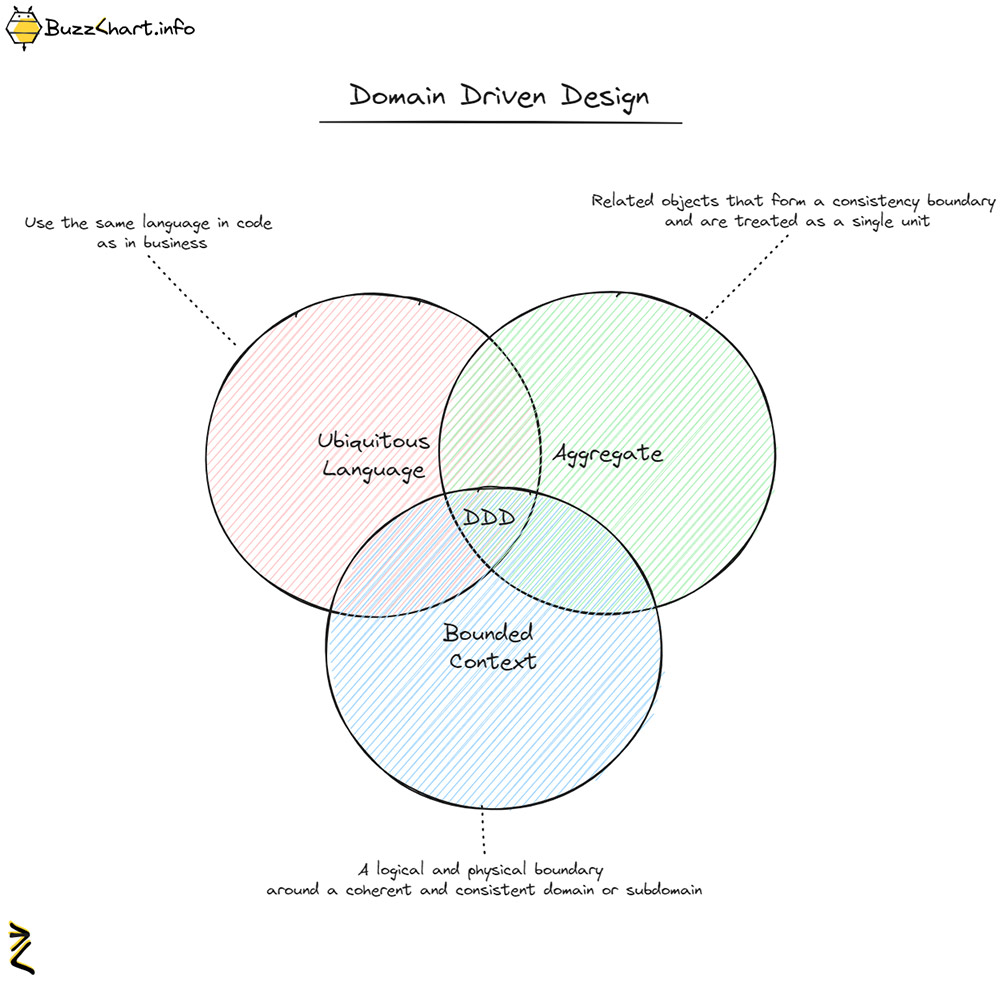UML stands for Unified Modeling Language. It was created to facilitate the communication and documentation of IT designs and architectures. A UML sequence diagram is a type of dynamic behavior diagram that illustrates how objects interact and the sequence of those interactions.
While a UML class diagram depicts the structure of classes and interfaces, a sequence diagram focuses on the processes and interactions between objects or within an object. However, defining a precise sequence diagram can be more complex. It typically contains more elements than a class diagram. As with any tool, it's important to use the sequence diagram for its intended purpose.
For slightly more complex cases, implementing a sequence diagram may require significant effort. Challenges arise when you need to update the diagram, such as adding an object, actor, or new messages in the middle. For these situations, I recommend using DSL-based tools to implement and manage the diagram effectively.
When to use ✔️
-
✔️ Planning refactoring
-
✔️ Describing dynamic behavior
-
✔️ Describing processes
-
✔️ Network topology
-
✔️ Event driven designs
-
😐 Identifying relationships
When to avoid ❌
-
❌ Designing system architecture
-
❌ Documenting the system architecture
-
❌ Database schema design
-
❌ Large systems
-
❌ Static structure
-
❌ Exposing too much implementation details


